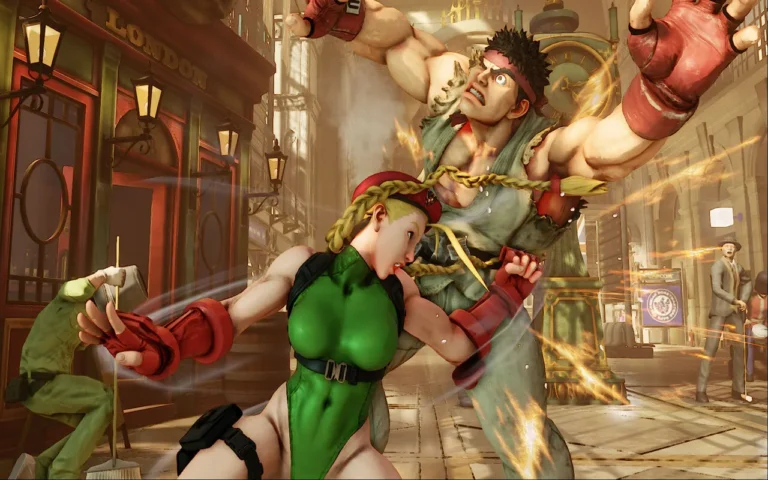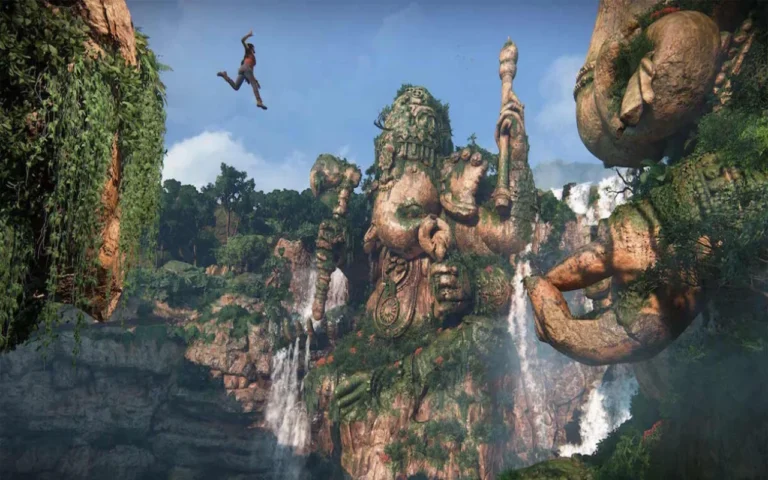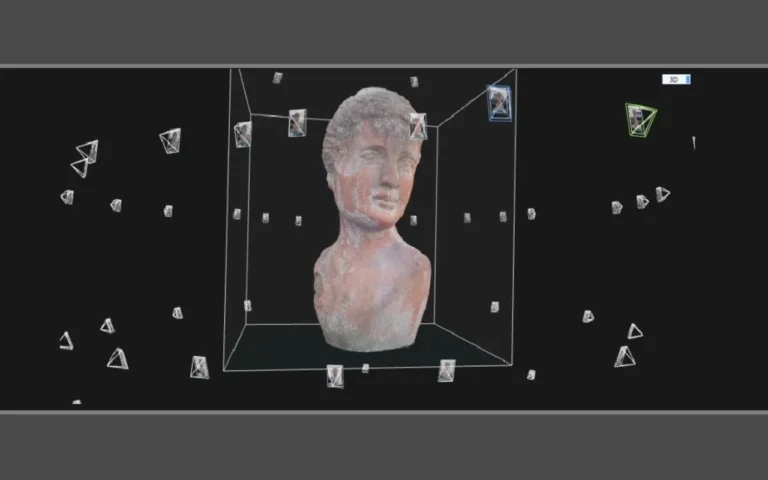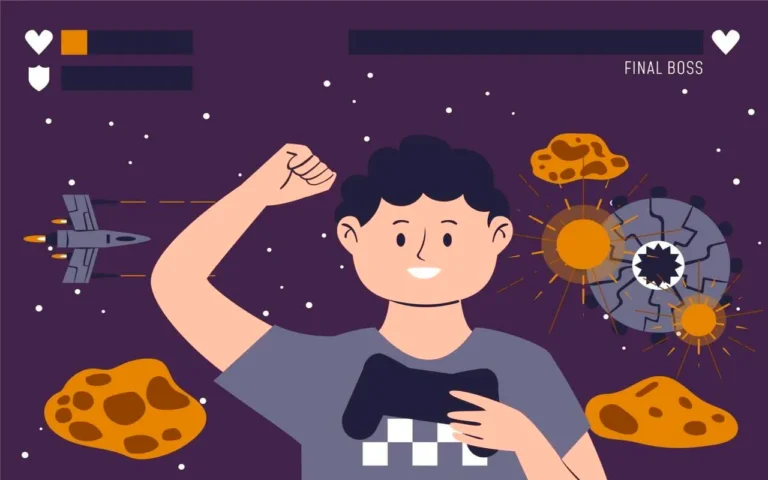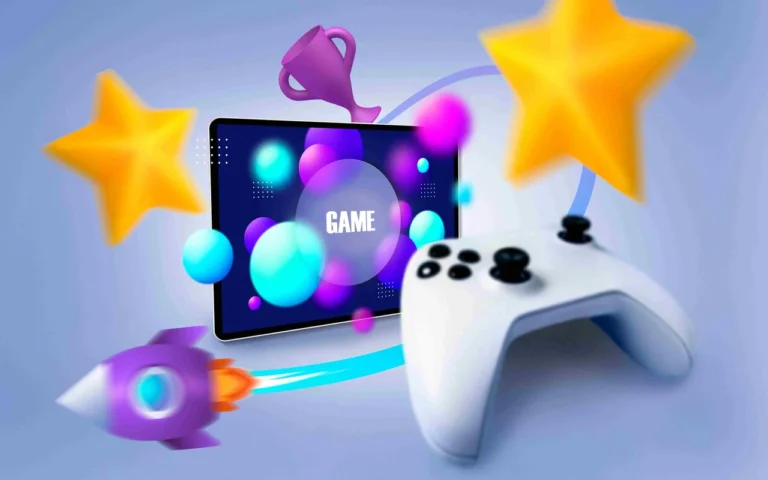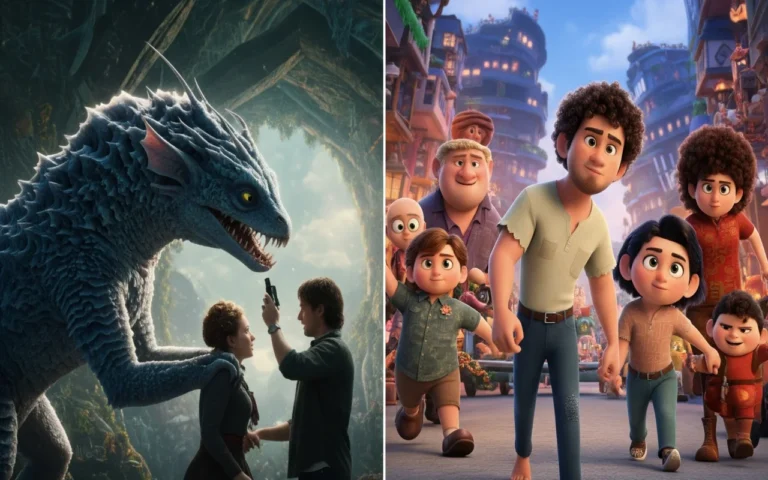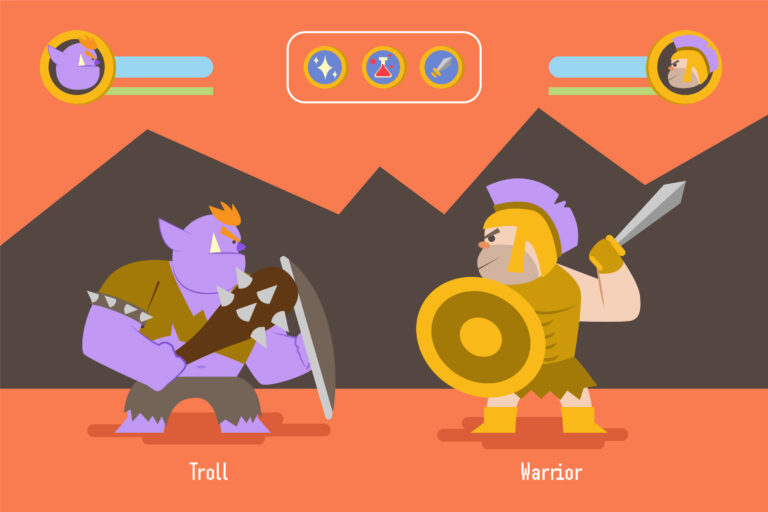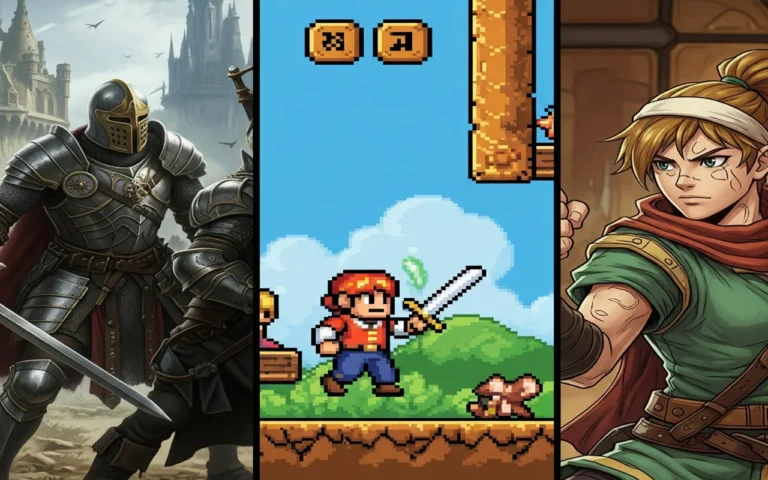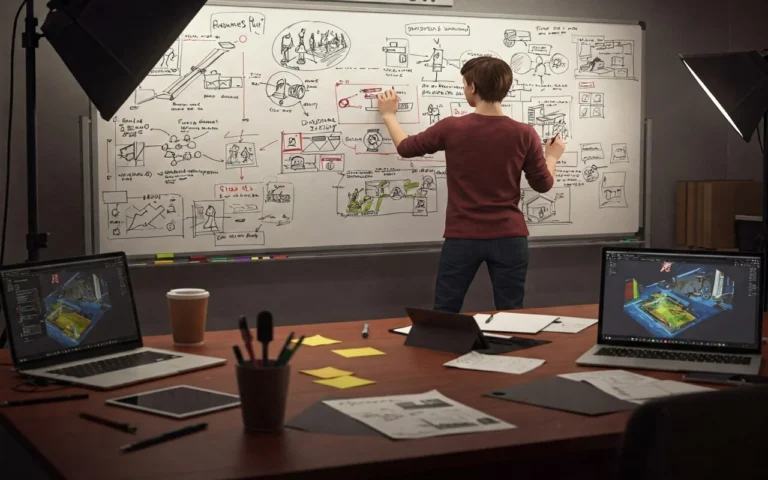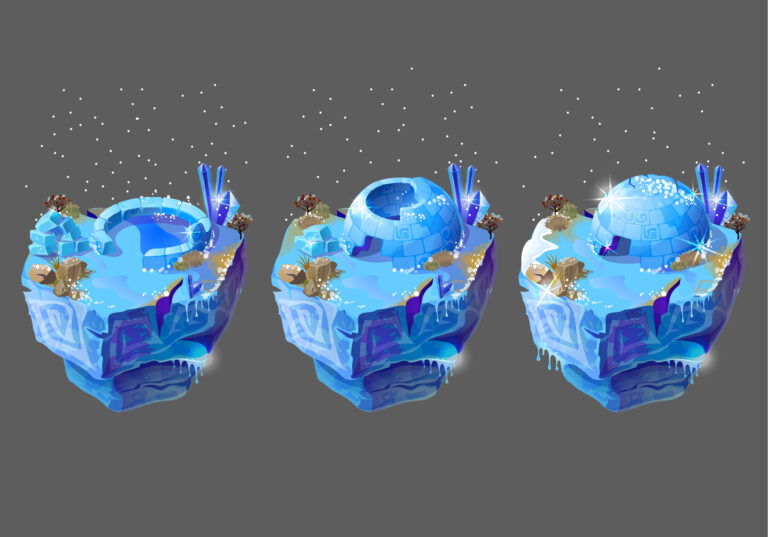In contemporary game development, the 3D art style is more than a mere aesthetic preference; it allows every 3D artist and 3D art studio to shape the game’s emotional tone, gameplay clarity, and player immersion.
This visual language communicates the genre, mood, and brand identity well before a player initiates the game. From highly cinematic realism to minimal abstraction, a game’s art direction exists at the confluence of technology, psychology, and storytelling.
Let’s explore the three primary 3D art approaches, realistic, stylized, and hybrid, supported by specific examples, development insights, and industry-standard practices to help developers match the visual style to their intended narrative and technical viability.
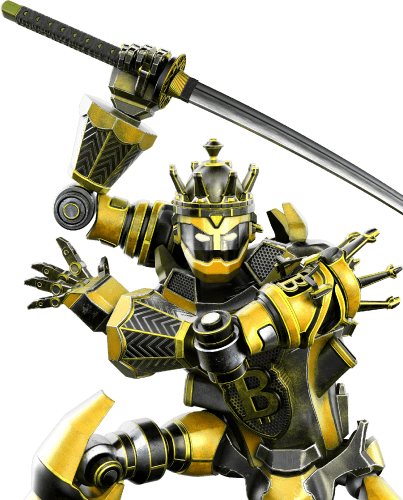

Need Game Art Services?
Visit our Game Art Service page to see how we can help bring your ideas to life!
What Makes Realistic 3D Art So Immersive?
Realistic 3D art aims to mirror the real world by utilizing sophisticated lighting models, high-definition textures, and precise surface behavior. This style heavily relies on physically based rendering (PBR), subsurface scattering, global illumination, and volumetric lighting to build environments that feel lifelike.
It also depends significantly on photogrammetry, motion capture, and intricate high-polygon sculpting, typically done in tools such as ZBrush, Autodesk Maya, or 3ds Max.
The reward is profound total immersion. Realism enables subtle emotional delivery, extensive environmental narratives, and a cinematic presentation.
Games such as The Last of Us Part II, Horizon Forbidden West, and Cyberpunk 2077 achieve this quality through complex shaders, dynamic lighting, and comprehensive post-processing pipelines. However, this level of fidelity incurs significant costs: larger teams, longer production cycles, and greater optimization requirements.
For development studios aiming for emotional realism or believable, grounded settings, this method is unparalleled, but it demands rigorous pipeline management and crystal-clear art direction from the start.
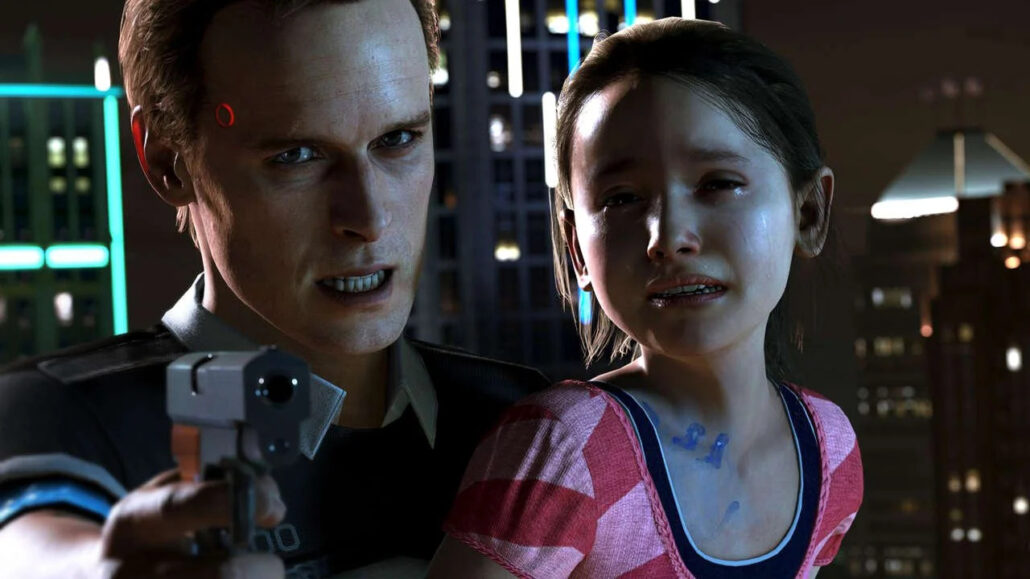
Case Study: Red Dead Redemption 2
Rockstar Games’ Red Dead Redemption 2 serves as a benchmark for photorealistic art direction. Its expansive environments were created by combining procedural generation with meticulous handcrafted details to evoke the American frontier.
The team utilized photogrammetry to capture hundreds of real-world textures, while custom proprietary shaders replicated natural light diffusion across day-night cycles.
Facial animation was achieved using performance capture involving over 700 actors, lending cinematic depth to the in-game visual storytelling. Even minute details, such as dust accumulation, mud deformation, or fabric response, were simulated using layered shader systems.
The outcome is a world that is visually authentic and emotionally grounds players within its narrative context.
How Does Stylized 3D Art Offer Freedom and Efficiency?
Stylized 3D art discards photorealistic constraints in favor of deliberate exaggeration for expressive impact. It simplifies geometry, focuses on shape language, and emphasizes readability and mood over precise accuracy.
This approach often uses hand-painted textures, flat shading, and non-photorealistic rendering (NPR) techniques to create a unique identity. Because it is not constrained by realism, stylization offers both artistic flexibility and technical efficiency.
Reduced complexity in textures and materials enables smoother performance across a broader range of hardware. Stylized visuals also tend to age gracefully, successfully sidestepping the “uncanny valley” and the continually shifting expectations of realism.
Titles like Fortnite, Overwatch, and Sea of Thieves demonstrate how a unified, stylized direction cultivates iconic branding. This makes stylized 3D art especially appealing to indie studios or cross-platform endeavors where production speed and scalability are as crucial as artistic merit.
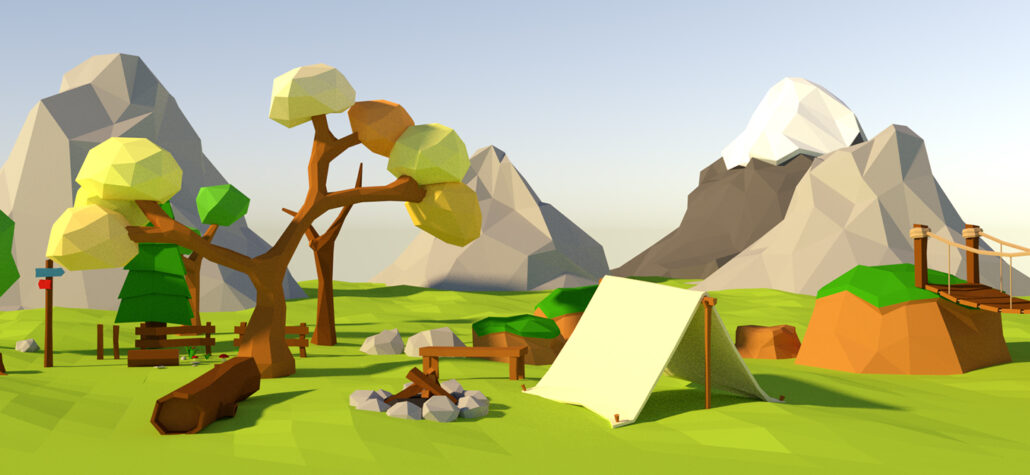
Case Study: Fortnite
When Epic Games conceived Fortnite, the development team deliberately avoided realism, choosing instead a clean, highly readable visual style.
The result is a setting fundamentally built on color psychology and simplified shapes, significantly improving player recognition and engagement. The reliance on chunky silhouettes, painterly gradients, and high saturation gives every asset immediate visual identity, a crucial factor in a rapid battle royale setting.
The stylized pipeline also enabled Epic to maintain high frame rates across PC, console, and mobile platforms, ensuring a consistent player experience.
Continuous seasonal updates introduced new skins and environments without sacrificing visual cohesion, proving that stylized art scales effectively within a live-service model.
How to Choose Between Realism and Stylization
The selection of the appropriate art style, between stylized vs. realistic, must be a strategic decision, not merely an aesthetic one. The process starts by defining three core components:
- Narrative Tone: A grounded, serious story benefits from realism, whereas fantastical or imaginative settings flourish with stylization.
- Production Resources: Realism necessitates complex asset creation, while stylized pipelines are generally quicker and more adaptable.
- Audience Expectation: Simulation and shooter communities often favor realism; family, indie, and fantasy players typically prefer stylized charm.
Studios must also account for technical limits: rendering budgets, hardware specifications, and the team’s existing skill set. Early pre-production prototypes, including lighting mood boards, material tests, and character silhouette sheets, can help visualize the necessary trade-offs early.
Ultimately, the chosen art style should enhance gameplay narrative and emotion, not conflict with them.
Can You Mix Realism and Stylization?
Yes. Many of the most successful games today merge realism and stylization into hybrid aesthetics. Titles such as Borderlands, Genshin Impact, and Kena: Bridge of Spirits demonstrate how realistic lighting or materials can effectively pair with cartoon-like proportions or painterly surfaces.
This concept of “balanced realism” provides flexibility: stylized characters maintain their expressiveness while realistic environments anchor the world.
Technically, this involves combining PBR materials with cel-shading, or using techniques like outlines, bloom, and color grading to harmonize the two styles.
Hybrid art styles are also better equipped to adapt to advancing technology. As technologies like real-time ray tracing, temporal upscaling, and AI-driven denoising become standard, developers can blend high fidelity with artistic flair without sacrificing performance.
For many studios, this middle ground provides the most sustainable long-term visual identity.
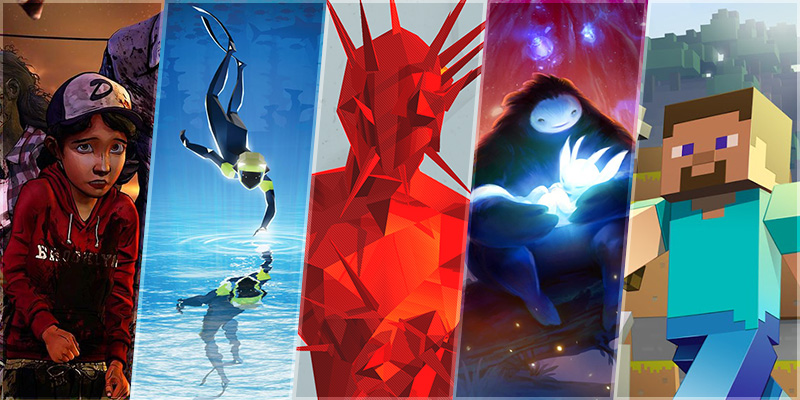
Why Should Story and Gameplay Influence Art Direction?
Art direction must consistently serve the game’s essential gameplay loop and the narrative’s emotional trajectory. In high-action games, readability and contrast often outweigh realism; in story-driven adventures, subtle lighting and material realism deepen empathy.
Effective art directors establish a visual hierarchy guided by player psychology.
For instance, Journey employs a minimalistic art style to convey a sense of spirituality, while God of War (2018) relies on cinematic realism to communicate mythic weight. Animation style, camera language, and color theory should all align with the story’s pace and overall tone.
Cross-departmental collaboration among design, writing, and animation ensures that art direction strengthens player engagement.
A cohesive art style is not about uniformity; it is about deliberate visual storytelling that simultaneously amplifies emotion and gameplay mechanics.
What Does the Future Hold for 3D Game Art Styles?
The progression of 3D game art is accelerating due to new technologies and interdisciplinary workflows. AI-assisted texturing, procedural asset generation, and neural rendering are lessening repetitive tasks, enabling artists to concentrate more on composition and expression.
Concurrently, real-time ray tracing and global illumination (GI) are dissolving the boundaries between film and interactive rendering. Stylization is also entering more experimental territory, with studios adopting hand-drawn shaders, watercolor NPR filters, and brush-stroke simulation to achieve painterly aesthetics.
Metaverse-scale projects and mixed-reality platforms are further driving demand for scalable, optimized art styles that retain clarity across VR, AR, and traditional screens.
The future of 3D art is not about choosing between realism and stylization, but about redefining their coexistence to produce experiences that are emotionally resonant, artistically original, and technically efficient.
Final Words
Every successful game begins with a clear artistic vision. Whether your world thrives on cinematic realism or playful stylization, the 3D art style you select dictates how players perceive and remember the experience.
The best direction is not merely visually impressive; it tells your story visually, intuitively, and indelibly. In an industry that is rapidly evolving, the art style that truly distinguishes itself is one that feels timeless, intentional, and distinctly yours.
